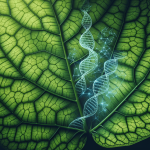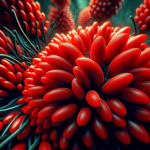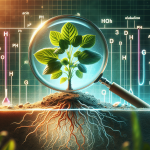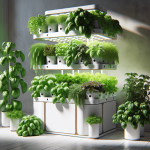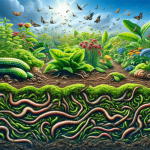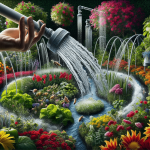This post may contain affiliate links. As an Amazon Associate, we may earn commissions from qualifying purchases.
Have you ever wondered how you can maintain a lush, beautiful garden without constantly dragging the hose around? It’s not just about saving water or lowering your utility bills—though those benefits certainly don’t hurt. A garden that requires minimal watering can also offer a slice of natural paradise that’s easier to care for.
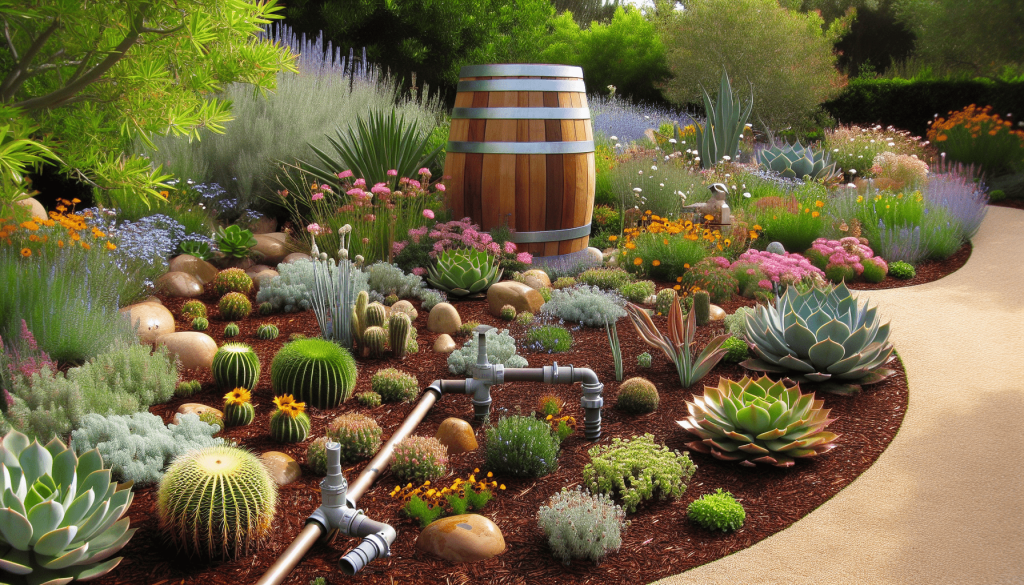
Assess Your Climate and Soil Type
The first step in planning is to understand the conditions you’re working with. Your local climate and the type of soil you have play a major role in water retention.
Understanding Your Climate
Are you living in an area dominated by blazing sun and mild winters, or are you in a place with four distinct seasons?
| Climate Type | Characteristics | Tips for Garden Planning |
|---|---|---|
| Arid | Very dry, often sunny | Opt for xeriscaping and drought-resistant plants such as cacti, succulents, and sage. |
| Temperate | Mild, moderate rainfall | Use a mix of drought-resistant and moisture-loving plants but focus on good soil quality and mulching. |
| Tropical | High humidity and rainfall | Favor plants that thrive in these conditions but use rain barrels to collect and use rainwater effectively. |
| Coastal | Varied, often windy and salty | Seek plants that can tolerate salt and wind; look into native species that are well adapted to these conditions. |
Testing Your Soil
Is your soil sandy, loamy, or clay? These different types affect how well your garden retains water.
| Soil Type | Water Retention | Characteristics and Tips |
|---|---|---|
| Sandy | Poor | Fast-draining; amend with organic matter to improve water retention. |
| Loamy | Good | Ideal for most plants; supports balanced water retention and drainage. |
| Clay | Excellent | Poor drainage; needs organic amendments like compost to improve aeration. |
Consider performing a soil test to determine the pH and nutrient composition of your ground. Knowing your soil type will help you select appropriate plants and amendments.
Choosing Drought-Resistant Plants
Not all plants are created equal when it comes to water needs. Selecting the right plants is crucial for minimizing the need for frequent watering.
Native Plants
One of the easiest ways to ensure your garden thrives with minimal watering is by choosing native plants. These are adapted to your local climate and soil conditions, and thus, less needy when it comes to extra hydration.
Succulents and Cacti
Succulents and cacti are the poster children for drought-resistant plants. With their thick, water-storing leaves and low water needs, they’re perfect for adding a unique aesthetic to your garden.
Mediterranean Plants
Plants like lavender, rosemary, and thyme not only thrive with less water but also provide delightful scents and colors. Their tough leaves and stems make them perfect candidates for an easy-care garden.
| Plant Category | Examples | Characteristics |
|---|---|---|
| Native Plants | Local wildflowers, regional grasses | Adapted to local conditions, less water-intensive |
| Succulents and Cacti | Aloe Vera, Echeveria, Agave | Store water in leaves, minimal care |
| Mediterranean Plants | Lavender, Rosemary, Thyme | Drought-tolerant, aromatic |
Effective Garden Design
A well-thought-out design can save you a bucket of trouble (and water).
Grouping Plants
Grouping plants by their water needs can ensure you’re not overwatering those that don’t need it.
Creating Shade
Shade structures or strategic planting can significantly reduce evaporation. Consider using pergolas or taller plants to protect more sensitive ones.
Using Mulch
Organic mulch like wood chips or compost can keep the soil moist and cool. It reduces evaporation, insulates roots, and even suppresses weeds that could compete with your plants for resources.
Efficient Irrigation Systems
Drip irrigation and soaker hoses deliver water directly to the roots, minimizing wastage. You can even invest in smart irrigation systems that automatically adjust based on weather conditions.
Soil Amendments to Improve Water Retention
Improving your soil can make a world of difference in how much water your garden needs.
Adding Compost
Compost adds organic matter to the soil, which improves its ability to hold moisture.
Mulch, Mulch, Mulch
Not to beat a dead horse, but mulch really is fantastic. It helps with weed control, soil temperature, and water retention.
Soil Conditioners
Products like gypsum can help improve heavy clay soils, making them more friable and better at absorbing water.
| Soil Amendment | Benefits | How to Use |
|---|---|---|
| Compost | Improves soil texture, adds nutrients | Mix into soil, top-dress plants |
| Mulch | Reduces evaporation, controls weeds | Spread around base of plants, trees |
| Soil Conditioners | Improves structure of heavy soils | Follow package directions, work into soil |
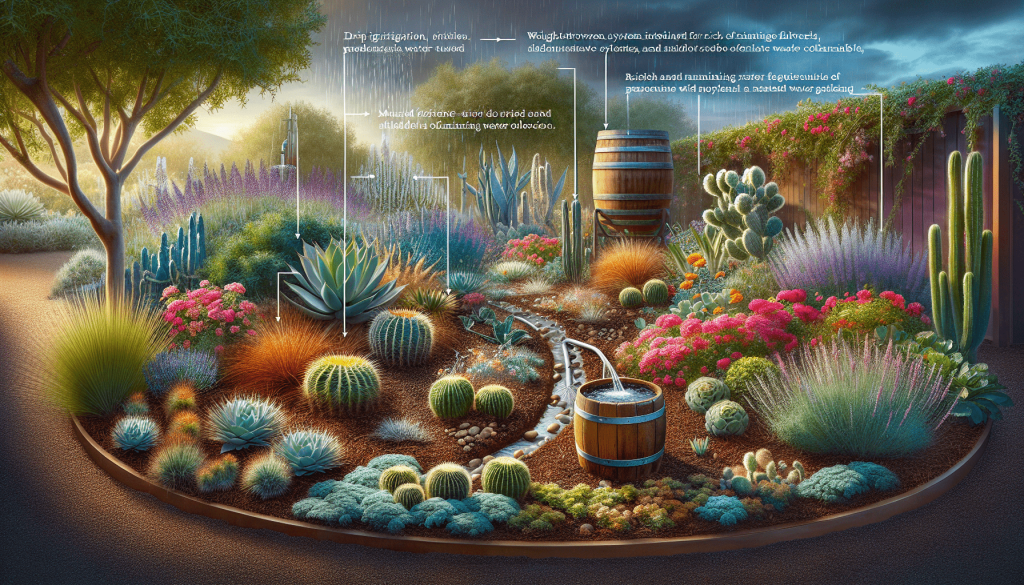
Strategic Watering Techniques
Watering smartly can go a long way in conserving this valuable resource.
Timing Matters
Watering in the early morning or late evening reduces evaporation and gives plants a chance to absorb water before the heat hits.
Target the Roots
Using drip irrigation or soaker hoses focuses water directly at the plant roots where it’s needed most.
Catch and Reuse Water
Consider setting up a rain barrel to collect rainwater that you can use during drier periods. Many municipalities offer incentives for installing these systems.
Regular Maintenance for Lower Water Usage
Keeping up with garden maintenance can further reduce your garden’s water needs.
Pruning
Regular pruning helps maintain plant health and reduces the water demand.
Weeding
Weeds not only compete for nutrients but also for water. Keeping your garden weed-free ensures that all the water you provide goes directly to your chosen plants.
Monitoring
Keep an eye on weather conditions and adjust your watering schedule accordingly. After a rainstorm, there’s no need to water again immediately.
Fertilization
Healthy plants need less water. Regular feeding with an appropriate fertilizer ensures plants are strong and resilient.
Conclusion
So, there you have it. Creating a garden that requires minimal watering isn’t just possible—it’s practical and beneficial in so many ways. You’ll conserve water, save money on your utility bills, and spend less time dragging the garden hose around. Plus, you’ll have the satisfaction of knowing you’re contributing to a more sustainable environment. So why not give it a try? Happy gardening, and may your plants thrive with minimal effort.
Recap Table
| Step | Key Points |
|---|---|
| Assess Climate and Soil | Understand your local conditions; test soil type and pH |
| Choose Drought-Resistant Plants | Opt for native, succulents and Mediterranean plants |
| Design Effectively | Group plants, create shade, use mulch, and install smart irrigation |
| Improve Soil | Add compost, mulch, and soil conditioners |
| Water Smartly | Time your watering, target roots, catch and reuse water |
| Maintain Regularly | Prune, weed, monitor conditions, and fertilize |
If you have any questions or need more tips on specific plants or techniques, feel free to ask. Enjoy your garden oasis with less watering and more peace of mind!

